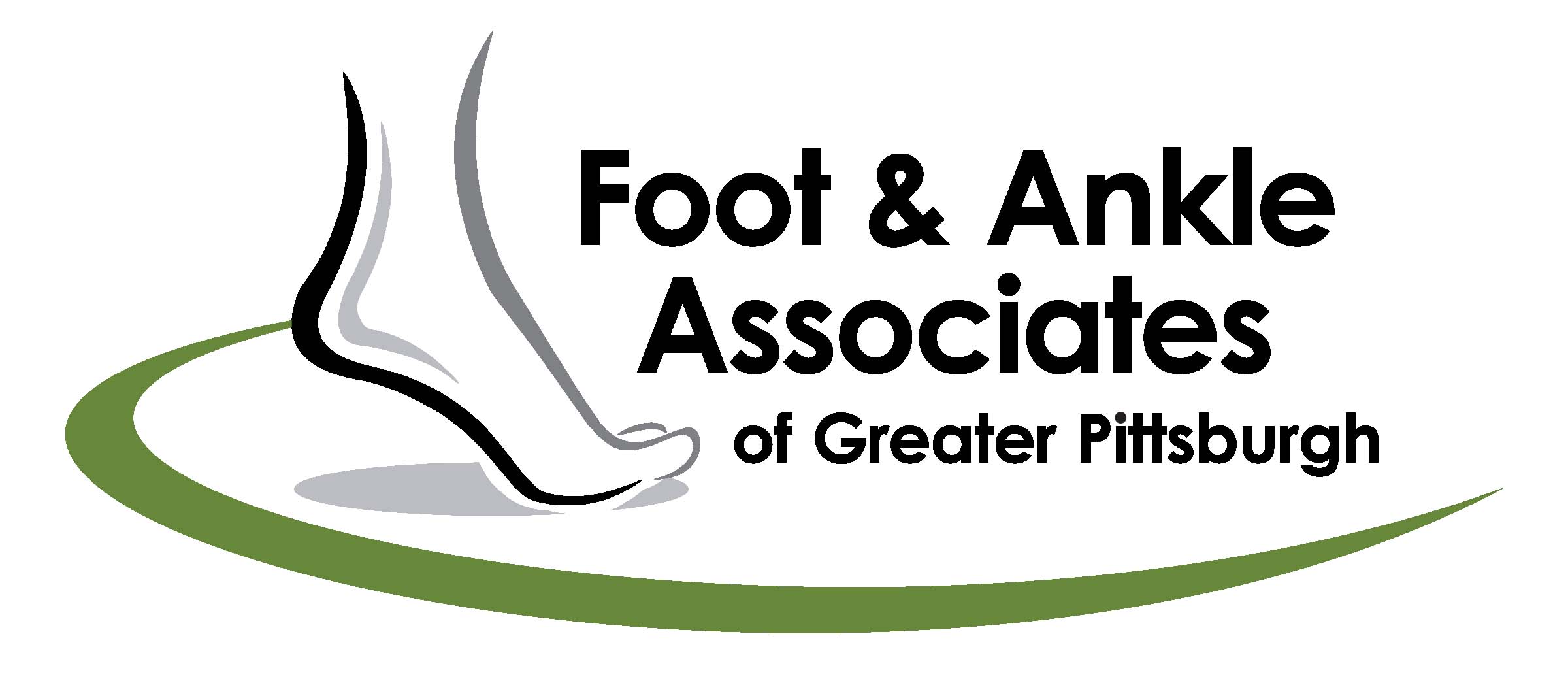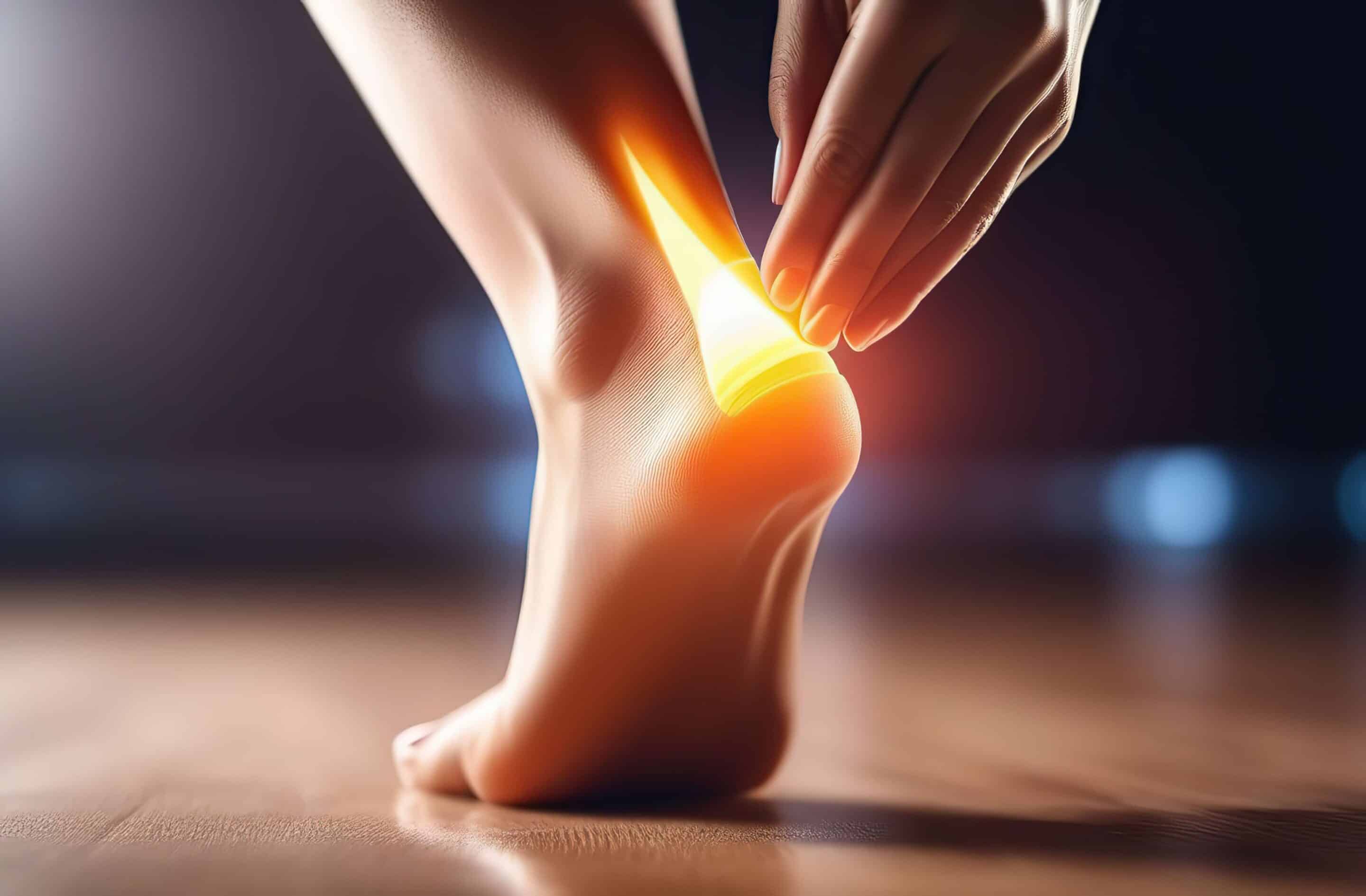Heel Spur Pain: Causes, Symptoms, and Relief Options
Heel pain can be an everyday challenge, disrupting routines and lowering quality of life. A common culprit, heel spurs, are often misunderstood and blamed for discomfort. At Foot & Ankle Associates of Greater Pittsburgh, we’re here to clear up misconceptions about heel spurs, explain their connection to heel pain, and help you find effective relief through treatment and prevention strategies.
What Are Heel Spurs? Causes and Symptoms of Heel Pain
Understanding Heel Spurs
Heel spurs are calcium deposits that form bony growths on the underside of the heel bone (calcaneus). These growths develop gradually and are often the result of chronic strain on foot ligaments, tissues, and muscles.
Common Causes of Heel Spurs
Several factors contribute to heel spur development, including:
- Prolonged stress on the plantar fascia (often due to plantar fasciitis).
- Wearing unsupportive footwear that lacks proper cushioning.
- Increased pressure on the heel from excess body weight or high-impact activities.
Are Heel Spurs the Real Cause of Pain?
It’s a common misconception that heel spurs are always responsible for heel pain. In reality, most pain stems from inflammation or irritation of surrounding tissues, such as the plantar fascia. While heel spurs may be present, they aren’t always the direct source of discomfort.
Recognizing Heel Spur Pain
How Does Heel Spur Pain Feel?
Heel spur pain is often described as a sharp, stabbing sensation, especially noticeable when standing after a period of rest. The pain may subside after walking but often returns with prolonged activity.
Differentiating Heel Spur Pain from Plantar Fasciitis Pain
Heel spur pain tends to focus on the heel bone, while plantar fasciitis pain extends to the arch of the foot. Understanding these nuances can help pinpoint the true cause of discomfort.
When to Seek Help
If heel pain worsens over time, persists despite home remedies, or impacts daily activities, it’s crucial to seek professional evaluation. Chronic pain may indicate more complex conditions like Achilles tendinitis or stress fractures.
Conditions Linked to Heel Pain
The Role of Plantar Fasciitis
Plantar fasciitis is the most frequent cause of heel pain. It occurs when the plantar fascia (a thick band of tissue along the bottom of your foot) becomes inflamed, often triggering or worsening heel spur development.
Other Contributing Factors
Heel pain can also stem from:
- Achilles tendinitis: Inflammation or strain in the Achilles tendon.
- Flat feet: Improper arch support leading to excessive heel pressure.
- Overuse injuries: Stress fractures or repetitive strain from sports or physical activity.
For more information, explore our related blogs on plantar fasciitis, Achilles tendinitis, and other common foot conditions.
Best Treatments for Heel Spur Pain
Non-Surgical Relief
Conservative methods often provide significant relief from heel spur pain:
- Resting and avoiding activities that worsen any pain.
- Applying ice to reduce inflammation.
- Taking over-the-counter anti-inflammatory medications.
- Using heel pads or custom orthotics for extra support.
Advanced Treatment Options
For persistent discomfort, advanced therapies may be necessary, such as:
- Custom orthotics: Personalized shoe inserts to support proper foot alignment.
- Physical therapy: Exercises and stretches to strengthen the foot and relieve tension.
- Shockwave therapy: A non-invasive procedure that promotes tissue healing and reduces pain.
When Is Surgery Needed?
Surgical removal of heel spurs is rare and typically reserved for severe cases where conservative treatments fail to provide relief.
Best Practices for Preventing Heel Spur Pain and Injury
Supportive Footwear
Choose shoes with proper arch support, cushioning, and a stable sole. Orthotic inserts can also help distribute pressure evenly across the foot.
Gradual Activity Increase
If you’re starting a new exercise routine, build up gradually to avoid overloading your feet. Stretching exercises can also reduce stress on the plantar fascia.
Weight Management
Maintaining a healthy weight reduces unnecessary stress on your heels, lowering the risk of heel pain and related issues.
Relief for Heel Spur Pain Is Within Reach
Heel pain doesn’t have to limit your lifestyle. By addressing symptoms early and exploring effective treatment options, you can restore comfort and mobility. The team at Foot & Ankle Associates of Greater Pittsburgh is here to help.
Schedule your appointment today for a personalized heel pain assessment, and take the first step toward lasting relief. For more insights, visit our pages on heel pain and plantar fasciitis to learn more about managing these common conditions.
Contact Us
Office
336 College Avenue, Suite 106, Beaver,
PA , 15009
Monday to Friday : 8am – 4:30pm
Saturday : Closed
Sunday : Closed

